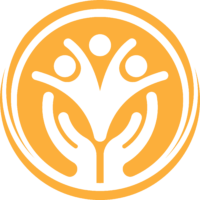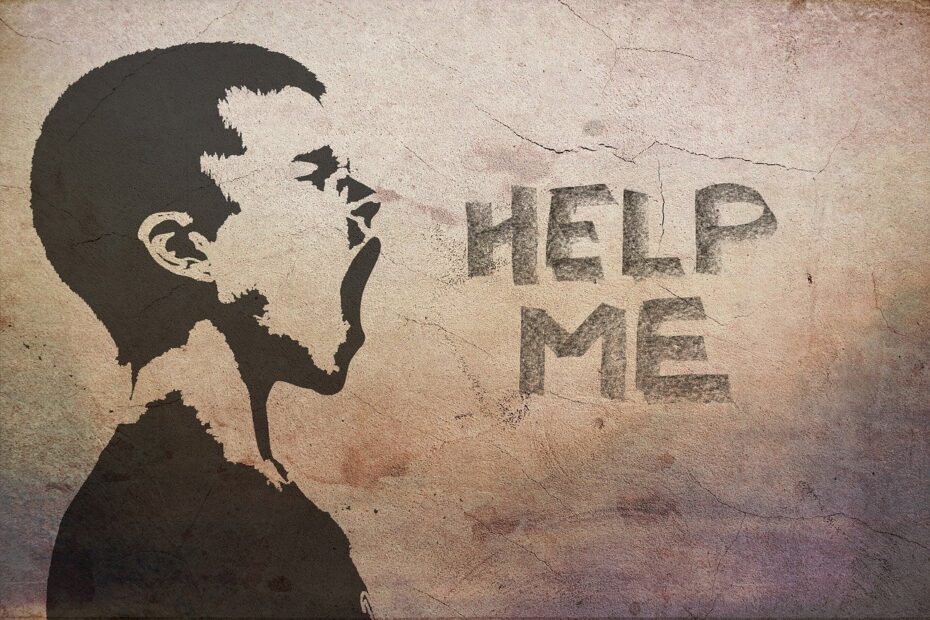Enelis Linnas – Board Member of NGO Sa Suudad
This article was published in the opinion section of Eesti Päevaleht on 29.07.2024. https://epl.delfi.ee/artikkel/120310732/enelis-linnas-kui-sa-votad-mind-nagu-inimest-on-pool-tood-tehtud-mis-aitab-13-aastaste-rublikute-vastu
Recent events in Järvamaa, involving two 13-year-old boys who have spent their free time stealing cars and speeding, have prompted me to reflect deeply. These incidents highlight a significant societal challenge: young people whose behavior is harmful to both themselves and others. To me, this issue has two facets—on one hand, the fear for the safety of the youth and those they endanger; on the other, the reactions and attitudes of adults toward these young people.
Understandably, the local community is concerned and demands solutions. People fear for their safety and property, wondering if they or their belongings might be the next target. They question why these children are not held accountable or punished. I am glad that several experts commenting on the situation have emphasized that punishment is not the solution.
Punishment often yields the opposite effect. It fails to address the underlying reasons for such behavior and conveys to the child or adolescent that they are "bad." What happens next? The young person begins to believe they are not worthy of better, losing faith in themselves and hope for a better future. The behavior continues and may escalate to become even more dangerous. Let me be clear: no child or young person is inherently "bad"; their behavior may simply be misunderstood.
It’s time to focus more on understanding that when a child or young person behaves this way, it is likely because they have experienced trauma in the past—and possibly continue to do so. Behind every self-destructive or harmful behavior lies a deeper issue, such as a lack of skills due to the absence of role models, distress, pain, or fear. These feelings may be masked by behavior that endangers themselves or others. Such actions are often a clear cry for help: "Notice me; I need support." As one young person told me, “Even when I tried to ask for help, I didn’t know how to say that I needed it.”
Last või noort saame päriselt aidata siis, kui süveneme ja saame aru, mis teda nii käituma paneb, pakume talle abi ja toetust, mis arvestab nii tema mineviku, hetkeseisundi kui ka tulevikuväljavaadetega. Lapse karistamine vähendab üldjuhul aga positiivseid väljavaateid tulevikus.
How Can This Be Done?
The focus must shift from merely eliminating symptoms to addressing the deeper causes of such behavior, with an emphasis on relationships.
It is crucial to explore the young person’s story: Who are they? What do they care about? How do they perceive their own problems? We need to delve deeply into their narrative—what happened and when—to understand what led to these actions. Over the years, I’ve encountered many cases where children engaged in dangerous behavior. In all these cases, past traumatic experiences emerged, such as severe neglect, abuse, witnessing constant violence, or sexual exploitation.
Without addressing these root causes and involving the system around the child, we cannot achieve meaningful positive change. It’s also essential to recognize that every child and young person has strengths. Identifying and supporting these strengths increases the likelihood of change.
Young people must be seen as part of a system that includes their family, close relationships, and community. Collaboration with parents is key. While some parents may be unwilling to cooperate, research, such as a study on children in closed institutions, has shown that insufficient efforts are often made to establish contact with families. Unfortunately, parents themselves often face significant societal judgment. Even when involving parents is challenging, the effort is worthwhile, as family remains vital for the child. However, if parental behavior harms the child and home is unsafe, alternative ways to ensure the child’s safety must be found.
At least one trusted adult must establish a relationship with the young person, enabling them to feel safe and open up about their experiences and needs.
In Estonia, there has been insufficient networked work to support young people. A team of specialists working with the child must take shared responsibility, including involving the child and their family. This isn’t about one-off meetings but consistent, collaborative efforts to gather necessary information, allocate responsibilities, and provide ongoing support to the young person and their family. Every case is unique, and there are no immediate perfect solutions—it requires perseverance until the right approach is found.
Consistent early support, improved family services, and timely mental health assistance are crucial. Stability is also essential; frequent changes in specialists and judgmental attitudes erode trust in the support system. As one young person said, “The system needs people who take time to listen and focus on solutions, not just shuffling the child from one place to another.”
Many may view my perspective as naive. Perhaps it is, but my experience in youth work has shown which methods have potential and which do not. The attitudes, values, and approaches of adults surrounding the child are critical. As young people themselves say, empathy, believing their stories, taking time to listen (not just to respond), and consistent effort are what they need. Change takes time, especially for those who have faced prolonged adversity. But without at least one supportive adult role model, change is nearly impossible. True effectiveness comes when the entire network around the child is committed to helping.
I recently spoke with young people who had engaged in high-risk behavior in the past. Their painful experiences included statements like, “No one listened to me or gave me a chance to explain myself”; “I was just a random teenager, no one believed me”; “I was always blamed, so I stopped caring—I had nothing to lose.” tiinekas, keegi ei usu mind”; “Mind vaid süüdistati, nii või naa olin halb – siis mul oligi ükskõik, sest mul polnud enam midagi kaotada”.
When asked what helped them, they said: “They listened to me. No one had done that before”; “They didn’t judge me—it meant a lot. They didn’t impose their authority on me.”
Therefore, I want to emphasize to everyone – punitive measures that focus solely on blaming, judging, and condemning young people do not address the deeper causes that have led them to risky behavior. Labeling and punishing youth can further alienate them from society and exacerbate problems in the future. When we call someone a thug or a criminal, we have already attached a label to that young person.
Behind every difficult-to-understand behavior lies a child's or young person's unmet need, which has likely remained unaddressed even today. It is crucial to understand that punishment does not solve problems but may instead exacerbate them—especially when dealing with children and youth whose brains are still developing and who do not perceive the world in the same way as adults due to their lack of experience.
An approach centered on understanding, listening, and support is far more effective. As Assistant Prosecutor Annika Vanatoa highlighted in an article published in Eesti Ekspress, listening and dialogue, such as through restorative justice services, are more beneficial. The principles of restorative justice, such as everyone has their own perspective, their own story; when our needs are met, we function at our best. Moreover, those most affected by events are often the ones best positioned to find the most effective way forward. The ability to listen, create a nonjudgmental environment, and show empathetic attitudes is something each of us can truly offer.
I have seen significant efforts made to provide children and young people with help and support that genuinely benefits them. However, I believe we still have a long way to go in changing attitudes toward children and youth who do not behave in socially acceptable ways. To conclude, one quote from a young person when I asked what would help: *"If you see me as a person, half the work is already done."*
Viited:
* kinnise lasteasutuse teenuse (KLAT) laste elutee uuring
The study completed at the end of 2022, titled *"Study for Enhancing the System of Timely Identification and Effective Assistance for At-Risk Children: Lessons from the Life Paths of Children in Secure Care Institutions"* by Haap Consulting and Tallinn University, examined children directed to secure care institutions (KLAT) under the Social Welfare Act since 2018. It focused on the period before placement in KLAT, the time spent in KLAT, and the reintegration into the community. The study can be read here: [link] (add specific URL). https://www.sotsiaalkindlustusamet.ee/spetsialistile-ja-koostoopartnerile/laste-ja-noortega-tootavale-spetsialistile/klat#uuring-riskilaste-oi
**Taastava õiguse teenus
It is an approach to conflicts that allows for the harm caused by the conflict to be repaired. It is based on resolution processes in which all parties affected by the situation actively participate, aiming for healing and creating a sense of safety. The goal of restorative justice is to restore the relationship harmed by the incident and, where possible, find an appropriate solution. Additionally, it enables the offender to take responsibility for their actions and make amends for the harm caused, supports the victim, and gives them a voice while achieving forward-looking outcomes. You can read more about it here: https://www.palunabi.ee/et/taastav-oigus

